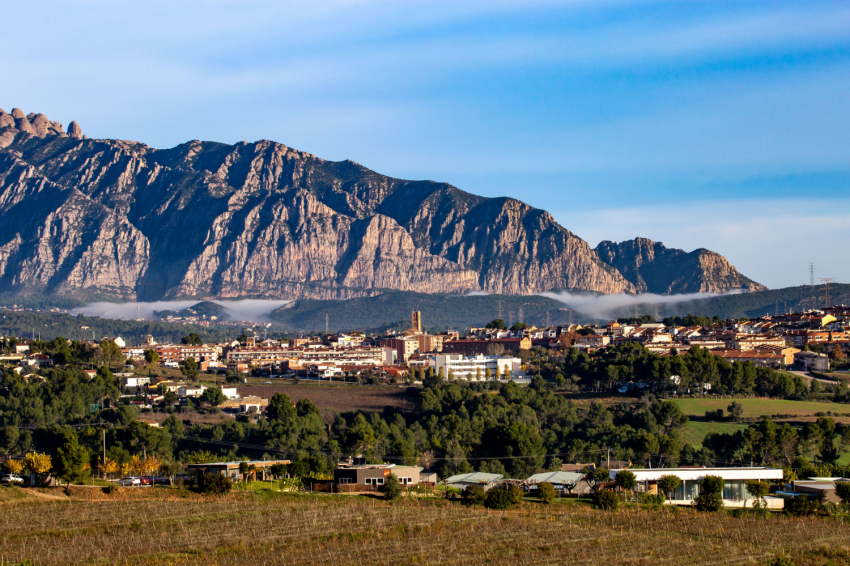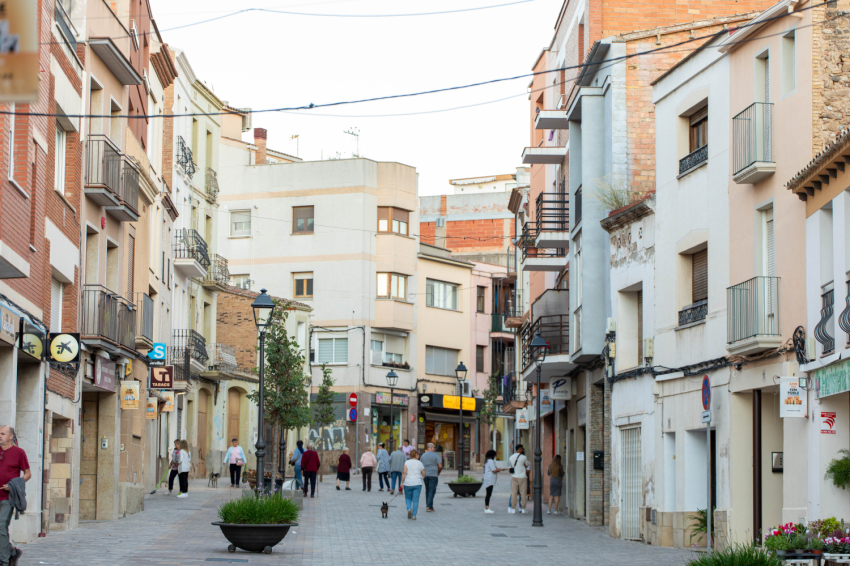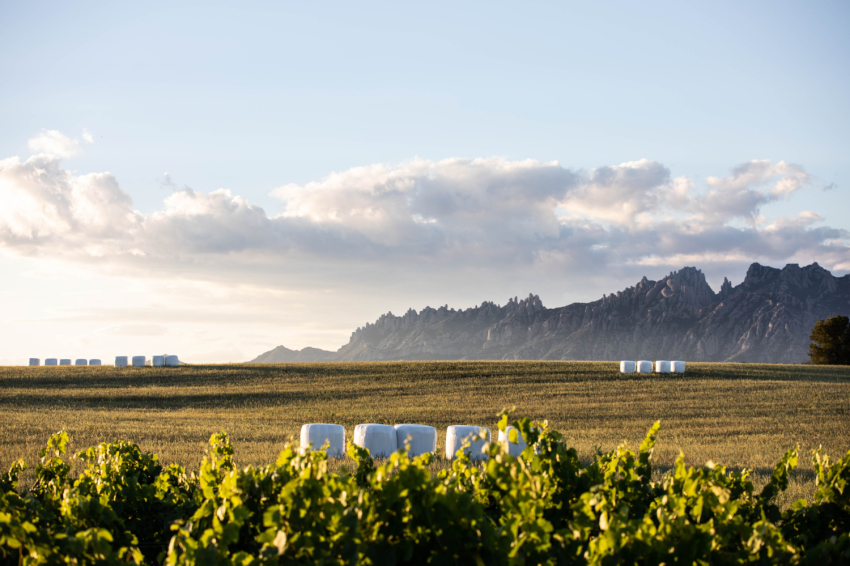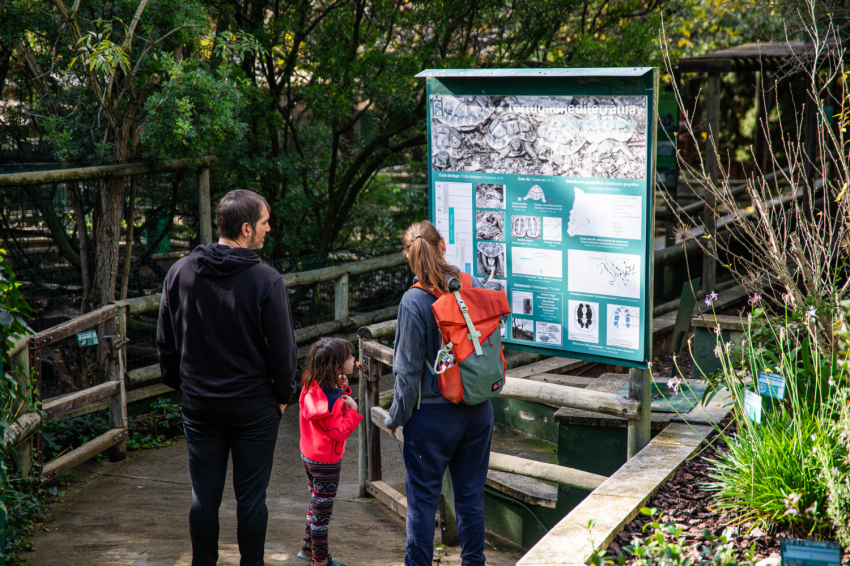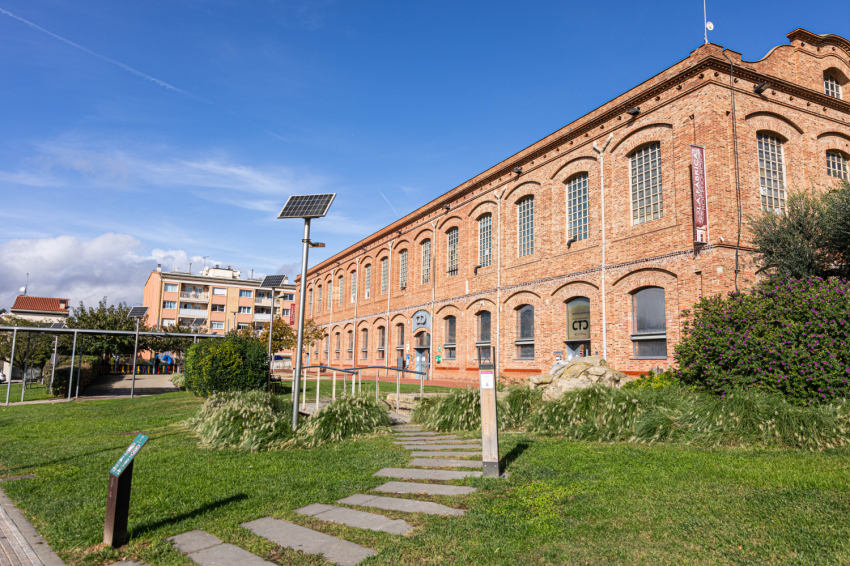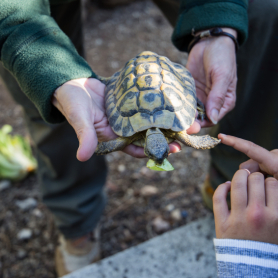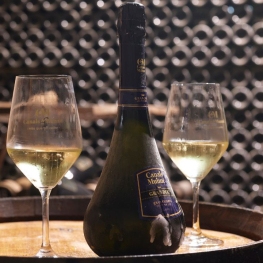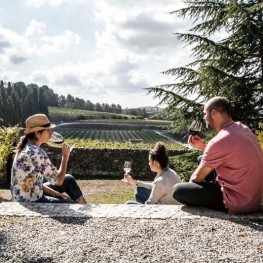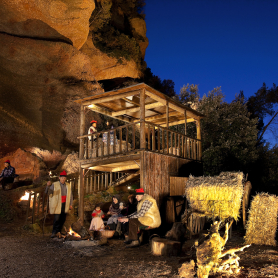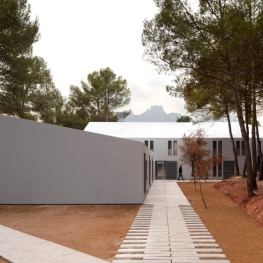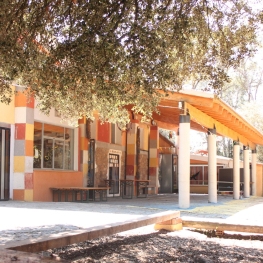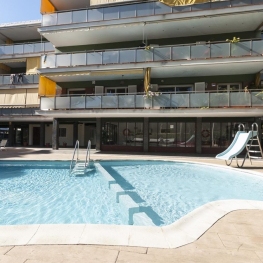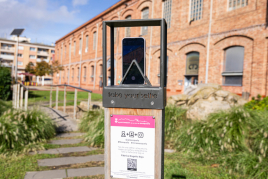Masquefa
Masquefa is a municipality located at the eastern end of the Anoia region, right on the border with Baix Llobregat and Alt Penedès.
Currently, the municipality has inhabitants spread across the main town center, the village of La Beguda Alta, the neighborhoods of Can Valls, El Maset, Can Parellada, Can Quiseró, and about twenty scattered farmhouses.
One of the most notable economic activities has been, and continues to be, viticulture: the cultivation of vines, now protected under the Penedès Designation of Origin, is even linked to the origin of the town's name, which is believed to have Arabic roots and means 'fertile place' (meskéfe). The industrialization process also became, for many years, a key factor in the economy and the configuration of the region. The old Rogelio Rojo Factory is the main symbol of this period, which was decisive for the town's development.
Places of interest
Romanesque Church of Sant Pere and the Santa Creu
The earliest writings referring to Masquefa mention the existence of a castle that watched over and controlled the roads that currently surround the town. Over the centuries, this castle eventually disappeared, and according to some, the only remaining trace is the Romanesque church that stands today on one of the hills surrounding the town.
The church, popularly known as the Old Cemetery, was built between the 13th and 14th centuries and is a representative example of late Lombard Romanesque architecture. This site is also the setting for various popular gatherings throughout the year.
Main Street and the old layout of the Camí Ral
The town of Masquefa does not develop around a central square, as is common in many towns. The core of the town, however, is formed along a street that has been the main axis of local urban planning for centuries.
It was along the banks of the old Camí Ral, which connected Barcelona with the interior, that the first houses were built, giving rise to the towns of Masquefa and La Beguda. Today, the town's oldest buildings can be found along this street: old farmhouses, churches, and stately towers built at the beginning of the 20th century.
The Rogelio Rojo Factory
Few events have transformed the lives of the Masquefines as much as the establishment of the Rogelio Rojo metallurgical factory in the early 1920s. Popularly known as La Fábrica, it played a key role in the local economy's transition from being predominantly agricultural to industrial.
With the definitive cessation of productive activity at the beginning of the 21st century, the building was acquired by the City Council, which renovated it to convert it into spaces for the use and enjoyment of citizens.
Chapel of the Roser
In 1600, a wealthy clergyman from the church of Santa María del Mar in Barcelona decided to atone for his sins by funding the construction of a chapel for the inhabitants of Masquefa. Thus, the Chapel of Roser was built, located next to the Camí Ral and directly opposite the current Casa de la Villa.
Currently on loan to the City Council, this small and picturesque chapel has been refurbished to host exhibitions and concerts.
Church of Sant Pere
During the 1920s, shortly after the establishment of the Rogelio Rojo Factory in Masquefa, construction began on the Church of San Pedro, with an architectural style that imitates that of the industrial complex.
Thus, the church and the factory became the two most representative symbols of the profound economic and social changes the municipality experienced during the second decade of the last century. Currently, the church houses the town's parish, where religious services are held regularly.
Farmhouses and country houses
Aside from the oldest settlements located along the old route of the Camí Ral, the municipality of Masquefa also features numerous farmhouses and country houses scattered throughout the area. The origin of these manor houses dates back to the rich wine-growing estates that have occupied this area of the Iberian Peninsula since ancient times.
During the 1960s, various residential developments were built around these old farmhouses to meet the growing demand for second homes. Currently, these developments house a significant portion of the municipality's population.
La Fábrica Interpretation Center
You can discover Masquefa's industrial past at the Rogelio Rojo Factory Interpretation Center. This museum-like space is open to the public during the municipality's main festivals, for scheduled visits and as part of organized guided tours.
CRARC - Amphibian and Reptile Recovery Center of Catalonia
This is a unique center in Catalonia, where amphibians and reptiles are taken in that have been confiscated, abandoned, or voluntarily surrendered by people who can no longer or no longer wish to keep them.
Another of its main functions is to raise public awareness about the importance of protecting native wildlife. They also work on the breeding and reintroduction of the Mediterranean tortoise (Testudo hermanni hermanni) in natural areas such as the Garraf mountain range, the Montsant mountain range, and the Ebro Delta.
Experiences
Nearby routes
See all routes »- The Academy of the Distrustfuls (a 5 km)
- Holidaymakers and Modernism in Hostalets… (a 5 km)
- Route through the natural area of Roques… (a 5 km)
- San Pedro and the Matamatxos Coast (a 5 km)
- The Passions in Catalonia: tradition… (a 6.3 km)
What to do
Celler Canals i Munne
Sant Sadurní d'Anoia (a 9.7 Km)Visit Canals & Munne and discover the magical process of making our…
Societat La Lliga
Capellades (a 11.1 Km)Els Pastorets de Capellades blends tradition and modernity with a two-hour show.
Pessebre Vivent de Corbera
Corbera de Llobregat (a 13.1 Km)The Living Nativity Scene of Corbera de Llobregat is a live representation…
Where to eat
Taverna ümet
Sabadell (a 25 Km)Taverna Ümet is a restaurant in Sabadell offering creative tapas and flavorful…
Bodega Miquel Jané
Font-rubí (a 16.5 Km)Discover the world of wine with our comprehensive viticulture and oenology courses,…
Restaurant Marisquer Can Ladis
Sant Fruitós de Bages (a 28 Km)The Can Ladis Seafood Restaurant, located in Sant Fruitós de Bages, is…
Where to sleep
Alberg Viladoms de Baix, Fundesplai
Castellbell i el Vilar (a 14 Km)Viladoms de Baix is located in the municipality of Castellbell and Vilar,…
Masia Mas Set-Rengs
Sant Salvador de Guardiola (a 19.9 Km)Discover Mas Set-Rengs and enjoy a farmhouse located in a privileged natural…
Let's Holidays Castelldefels
Castelldefels (a 27.9 Km)We offer more than just a stay... Let's Holidays offers you a…

